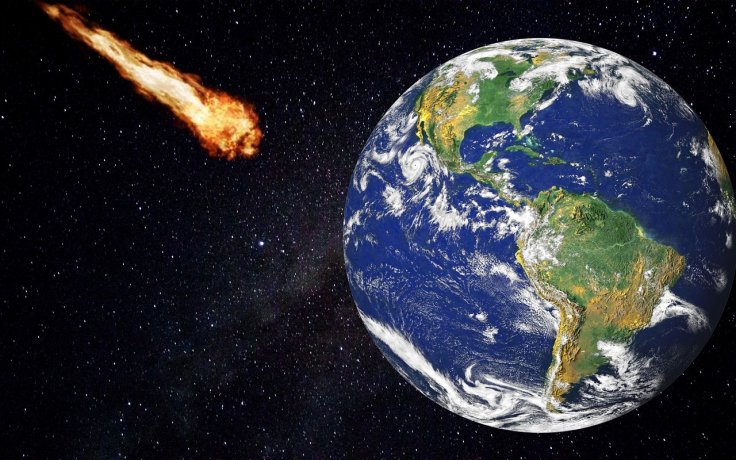NASA has confirmed that a 'potentially hazardous asteroid' is screeching across space at a speed of almost 34,000 miles per hour and may intersect the planet's path this weekend. NASA's Center for Near-Earth Object Studies (CNEOS) has said that the incoming asteroid, dubbed 163373 (2002 PZ39), could intersect Earth's path on February 15 (Saturday) at 6:05 am (EST). During this time, the colossal space rock will pass over the planet from a distance of 0.03860 astronomical units or around 3.6 million miles away.
All you need to know about Asteroid 2002 PZ39
Asteroid 2002 PZ39 is much bigger than asteroid Bennu, a space rock that poses a possible threat to the existence of life on the earth in the future. Initial analysis revealed that asteroid Bennu is 1680 feet smaller than asteroid 2002 PZ39.
According to CNEOS, the asteroid 2002 PZ39 has a diameter of around 3,250 feet, which makes it significantly bigger than the tallest man-made structure in the world, the Burj Dubai. CNEOS has identified 2002 PZ39 as an Apollo asteroid. This indicates that the rock is known to intersect Earth's path around the Sun from time to time. The experts have labelled the approaching massive space rock as a potentially hazardous asteroid due to its dangerous orbit and massive size.
Why is it a Potentially Hazardous Asteroid?

In a statement, NASA said: "Potentially Hazardous Asteroids (PHAs) are currently defined based on parameters that measure the asteroid's potential to make threatening close approaches to the Earth."
The scientists explained that as asteroid 2002 PZ39 follows an Earth-crossing orbit, there are high chances of the asteroid to collide with Earth every time it passes the planet. However, they have warned that if the the rock hits the Earth, it will cause a huge impact.
In case of such a collision, the explosive energy of the asteroid could trigger a global nuclear winter lasting for years. The impact could even lead to mass extinction of different species with fires, earthquakes, and tsunamis destroying the blue planet .
NASA's planetary defense weapon holds the key
As space experts strongly predict the possibility of an asteroid impact in the future, NASA is busy developing a planetary defence weapon aimed at protecting the planet from a deep space impact.
The primary purpose of the weapon is to nudge an approaching asteroid from its original trajectory so that the space rocks will skim past earth safely. However, the weapon may not work well with giant asteroids, and some space experts believe that nuking space bodies is the only way to protect the earth if giant bodies approach the blue planet.









